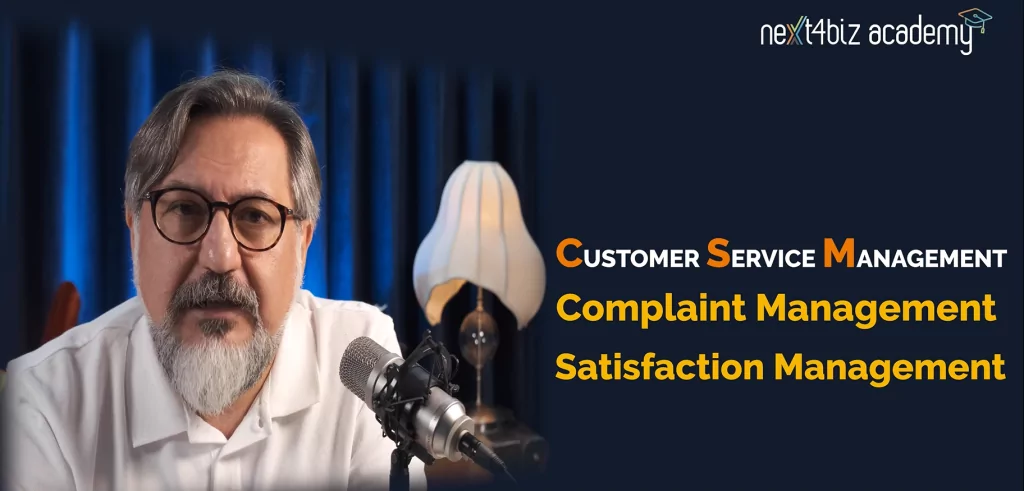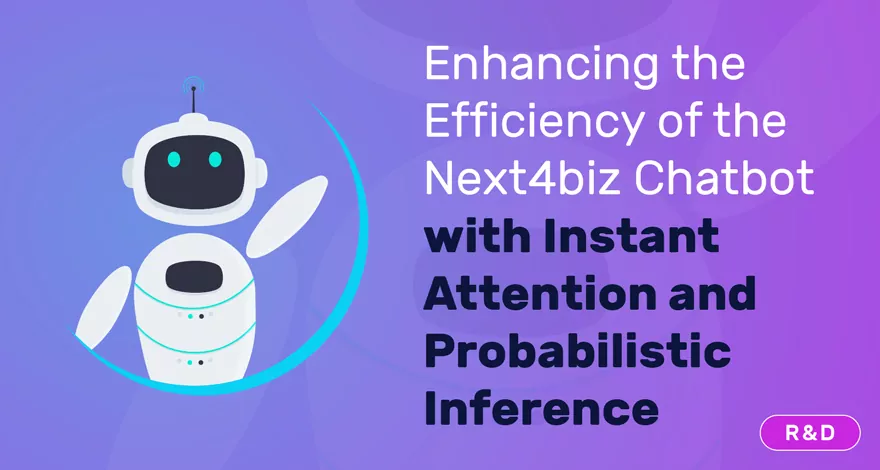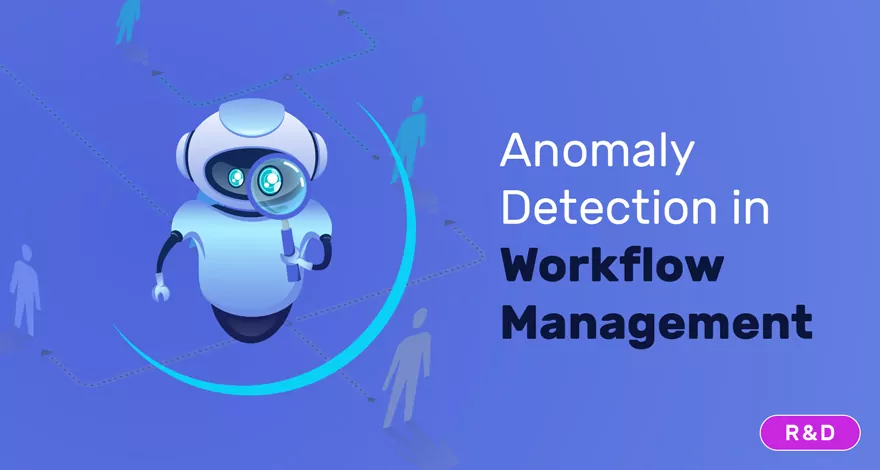Demo

When did Turkcell North Cyprus (KKTCELL) start using Next4biz BPM?
İbrahim Konaçoğlu: We set out to purchase it in 2014, but the acquisition took place in 2019. The reasons why we chose Next4biz were the fact that the rival application we used at that time was cumbersome and its technology was outdated. As a result of our research, we decided that Next4biz BPM was suitable for us.
What were the reasons for the institution’s search for a BPM?
İbrahim Konaçoğlu: We had needs such as recording, tracking and reporting business processes, processes managed manually by the user. Business was mostly conducted via e-mail. In order to do a job, it was necessary to wait for a response via e-mail, and this prevented the reporting of business processes. We were having a hard time reporting issues such as technical issues or project requests in the old program we used.
What were the reasons for choosing Next4biz at that time?
İbrahim Konaçoğlu: One of the biggest factors why we chose Next4biz was that it is an application where you can design processes using the drag-and-drop method without the need for code. Designing processes quickly and easily within the application, without the need for technical development, influenced our choice.
What kind of adaptation and integration period did you experience?
İbrahim Konaçoğlu: When we received the application, processes such as installation and server installation took about 6 months. Apart from that, Next4biz handled our processes such as project requests because we did not know how to use the application yet. You completed the process of approximately 6-7 months in 3 months and delivered it to us quickly. After that, we received our training and figured out how to use the application. After the training, we started to design our own processes. We have integration on the CMDB side. We also have integrations via CRM. We received support on the CMDB side, and we did the integration on the CRM side ourselves.
What kind of organization is currently responsible for process design and management in the institution?
Esin Işık: Our organization is under the general directorate. Reported to the business processes, continuous improvement and analytical strategy unit. Such a unit has been formed in the last two years. A new team established for needs and digitalization. Our goal is to make employees’ lives easier and provide automation. Demand flows were progressing via e-mail, and work was being done using Excel. We made their lives easier thanks to BPM. Our biggest struggle was to explain this to employees after learning BPM, disrupting their comfort zone. That’s why we first asked ourselves how we could create our workflows and business processes, and we actually became a model. While collecting our business processes, we collected them through BPM. We understand the process that will come to us from the very beginning with the “As-Is” situation. We enabled users to come to us with questions such as “What is the subject of this job? What steps does it go through?” In other words, we also provided process requests through BPM. We showed the convenience of BPM to all teams, as customers of internal employees. We showed previously designed processes as examples. In their minds, It became a model for how they could adapt it to their own business. At first we were going there, but now they started coming. This was our biggest gain.
Our biggest gain was being able to measure year-end targets. We used to keep these goals in emails and Excel. Currently, thanks to BPM, everyone can instantly access the work they have done and the work received by their team by filtering themselves through instant reports. They can see it without needing a different unit or IT unit. They can analyze how many jobs came to me, how many I resolved, and how long it took me to resolve them. This has been our biggest advantage.
What processes are in your process inventory?
İbrahim Konaçoğlu: We currently have approximately 30-32 processes. One of the biggest flows is the project management flow. End-to-end tracking of a project is done through BPM. The entire process, from the development request to the completion and announcement of the technical need request, is tracked via BPM. Apart from this, we also make requests of our human resources department, such as recruitment, termination or change of duty, through BPM. We will also plan the risk management flow we have just started through Next4biz.
In what business areas are you using BPM?
Esin Işık: Our internal employees, our dealers, HR, and all departments within the company have started using it. It is mostly our internal customers who design request flows end-to-end and proceed.
What are the stages of implementing a new process? How long does it take?
Esin Işık: Previously, it was via email, phone or Whatsapp. Now it comes to us from BPM. There, we learn the As-Is situation with guidance. We were learning by meeting before. Plus it saved time. After learning the As-Is status, we ask who they are working with, we meet with all stakeholders and the requester and draw a process map stating that the As-Is status of the process should be this and the To-Be status should be this. From now on, we shake hands with all the teams. Then we move on to design. Since there was no IT dependency after designing, the ease of the process made our lives easier with its drag and drop structure. When the As-Is situation occurs, we make an analysis. Then, after making the design, we test it with users. Which unit did it go to, is it working correctly, are notifications going to the relevant people, are the approval processes working, are they getting any errors… We fix those errors and take them live.
Lastly, we did the VIP process. The VIP process was a process that consisted of 10 flows, proceeded via e-mail, and was kept in Excel, and should have been at a high level in terms of customer satisfaction. It was a process where we included people such as institution officials, Ministry and Presidency in the VIP process and carried out to ensure that their lines were not closed. Here the requester was sending it by e-mail. The relevant team was going to our finance team. The finance team was looking at the person’s history from the CRM and then taking action from the CRM. If there was an unapproved status or an unpaid invoice, we had a process that took the risk inventory and went all the way to the general manager. It was kept in Excel, and he was checking again to see if it was paid within 3 months. It was a process that went back and forth maybe 10 times for 3 teams. We implemented BPM and reduced risks.
You mentioned that you designed almost all the flows without the need for technical support. What is the secret to this?
İbrahim Konaçoğlu: Ms. Esin designs the process in the test environment. There we control the data fields and steps in the flow, and if everything is correct, we quickly take it to the production environment and make it available for use. Sometimes there may be things like depending on the value of the data field, there may be business rules such as if this is selected, it should go to this team. We can complete the process using our ready scripts.
Esin Işık: Additionally, we have created a library for each process we did. When someone new starts using this tool, we create guides for them. Each flow has a guide and process map. These became a legacy we brought to the company, adding to the knowledge base. We add the files we want to the knowledge base areas in the BPM application. It becomes a guide for someone new or using the process for the first time to do it themselves without reaching out to us.
In what matters do you need assistance from the Next4biz teams?
İbrahim Konaçoğlu: We reach out in situations we can’t overcome with scripts. Also, if there is a general problem with the application. Other than that, we can do everything ourselves.
What has changed in your institution after Next4biz?
Esin Işık: It gained speed and agility. In the field of digitalization, we reduced the workload on individuals, allowing different focus areas to emerge. Savings were achieved.
What are Turkcell North Cyprus (KKTCELL)’s plans for digitalization?
Esin Işık: Our General Manager, Mr. Murat, is keen on digitalization and constantly educates us about it. We have integrated RPA into some of our processes. By incorporating digitalization modules like RPA and artificial intelligence, we are a leading company in Northern Cyprus and do not want to lose this leadership. We always offer our users and customers the firsts. In September, we became the first technology company to bring 4.5G to the island. Thanks to BPM, making employees happier, more transparent, and measurable has been one of the biggest features we have brought to the company. We are advancing in the fields of artificial intelligence, RPA, and digitalization.







